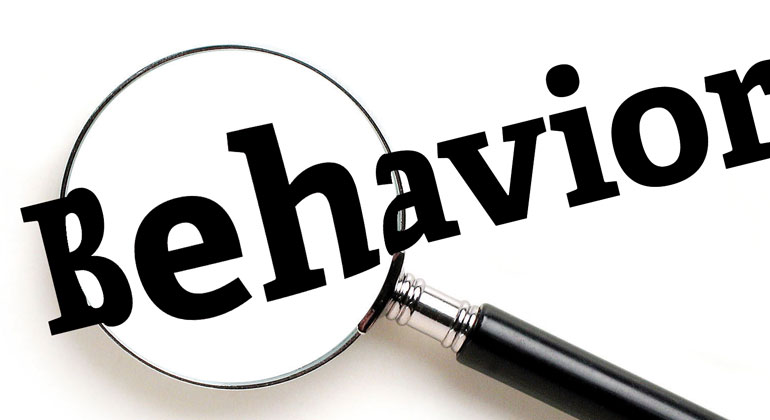Play Detective: Uncover the Meaning of your Child’s Challenging Behaviors (Part 1)

Written by Rachel Schwartz, LSW, and Jamie Miller, LCPC, JCC Chicago Early Childhood Social Services
Most parents find themselves struggling with their child’s challenging behavior at some point in time. In fact, it seems to be a rite of passage; a way that we as parents earn our merit badge. While it is validating to know that other parents are experiencing these same frustrations, between work, managing a home, and balancing the daily activities of our busy preschoolers, it seems that our patience wears thin quickly and our intolerance for disrespect and noncompliance can easily send us over the edge.
The good news is that challenging behavior is your child’s way of telling you something. It is their form of communication. As adults, it is our job to figure out what they are saying. One thing we know is that their behavior is serving a purpose for them. Most often, behaviors such as whining or tantruming are working for them, and that is why they continue. Let’s take a look at some core functions of a child’s behavior:
- To capture the attention of those around them (be it negative or positive attention)
- To escape or avoid a demand being placed on them (e.g., getting out of going to sleep)
- To gain access to something tangible (e.g., they want a cookie)
- For sensory reasons (what their body/sensory system needs)
Keep these things in mind when you think about the behaviors your child exhibits that are difficult for you to manage. What purpose is the behavior serving? What changes need to be made to prevent the problem from occurring again, and what new skills need to be taught? Uncovering the answers to these questions will help you reach an effective solution. On your quest as a detective, use your magnifying glass to take a closer look and try to answer the following:
- Define the problem behavior (e.g., whining, tantruming, hitting, biting, noncompliance, etc.)
- Observe & track the behavior: Pay attention to what is happening when your child displays challenging behaviors. Keep track of the behavior using an ABC chart. “A” stands for Antecedent (what happens immediately before), “B” stands for Behavior (the behavior itself), and “C” is for Consequence (what happens after).
- Hypothesize reasons for the behavior: Based on the information you collect using the ABC chart, brainstorm ideas about what your child might be trying to get, avoid, or escape doing by using the challenging behavior. Evaluate the data and look for patterns (in terms of time of day, with whom the behavior is happening or directed toward, triggers, etc.).
- Develop a plan: Once you understand why your child is choosing to use a challenging behavior, you can teach them a new way to behave in that situation. Suggestions may include:
- Changing the physical environment
- Changing your child’s routine (e.g., offering a snack if they appear hungry or adjusting naptime if they are overtired)
- Changing the consequences for a behavior (e.g., if they are behaving negatively for your attention, find ways to praise them for doing the right thing and consider withdrawing attention when their behavior is negative)
- Changing the way information is presented (e.g., use visual pictures to prepare them for an upcoming transition)
- Teaching more appropriate behaviors that serve the same purpose (e.g., instead of hitting when they are angry, offer them a stress ball or play-doh to squeeze)
Before putting a plan in place, it is important to talk to your child about the behaviors you are observing and let them know what your expectations are. All children need the consistency of a reliable, caring adult who will provide support and guidance, especially when your child is trying to communicate something to you.
Stay tuned next week for Play Detective: Uncover the Meaning of your Child’s Challenging Behaviors-PART 2 where we will discuss specific strategies for helping to prevent challenging behaviors.






